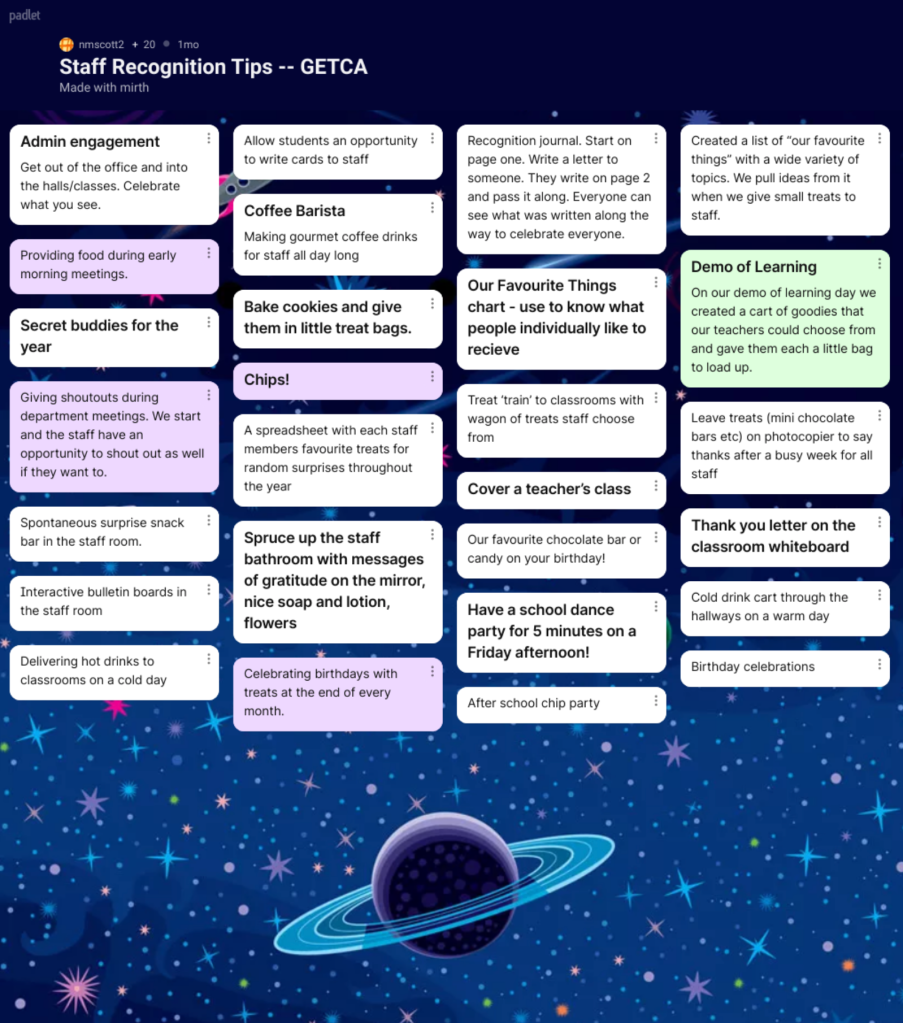Each December, I check the year-end statistics to discover which articles posted to my blog attracted the most readers during the previous 12 months. Doing so provides insight into which topics have most appeal to Briefly Noted readers.
For the fourth year in a row, the top article was one written in 2017 in response to a question asked by a Briefly Noted reader: “How do I discover if the candidate is a fast learner?” In this article, I suggested how to incorporate required competencies into your advertising and how to consider them when reviewing resumes, when writing and asking interview questions, and when checking references.
Every issue of Briefly Noted includes a link to the second most popular article of the year from a feature titled, “A question that may help you hire the right people.” First published in 2015, Grab the tool to navigate your way through the interview journey suggests preparing to assess responses to interview questions by identifying answers you would typically consider as outstanding (top performer), acceptable and unsatisfactory.
The most recently posted article appears to resonate with readers, having reached #3 on the annual list in just over a month. The gist of this article is pretty much captured in its title,
“No recognition, please,” said no one ever
The title of an article from 2018 that is fourth on the list asks a question and foreshadows the answer, Who Is better prepared for Interviews? Hint: It’s usually not the people who are hiring. While job seekers invest time and money preparing to be interviewed, most managers and supervisors have little training on how to conduct interviews. Learning more about interviewing would lead to the right people being hired more frequently.
Researchers discover that the impact of thank-you notes is greater than writers imagine was inspired by research that confirmed that people value the thank-you notes they receive, no matter their age or gender. Receiving a thank-you note also has a positive influence on how the recipients view the person who wrote the note. This article from 2019 was the fifth most frequently viewed post of 2022.
At #6 on the list is an 2016 article that suggests front-line leaders could Encourage peer recognition with a pass-along award. This article outlines ways to introduce a pass-along award and encourage its use.
Next on the list, at #7, is an article inspired by a 2017 visit to the Lambert-St. Louis airport. Looking for more reasons to recognize staff? Ask customers and use their words includes several suggestions on how to collect and use feedback from the people your organization serves as part of your staff recognition strategy.
The oldest article to make the 2022 Top10 list, at #8, was written in 2013 and suggests 7 questions to ask to recognize staff appropriately and ways to use what you learn about the people with whom you work.
Appropriate ways to recognize staff was the theme of the article in ninth place on the list. Appropriate — Making staff recognition personal was written in 2020 as part of a series of articles exploring the five ingredients of meaningful staff recognition—Genuine, Relevant, Explicit, Appropriate and Timely.
Related articles:
Genuine: Making staff recognition authentic
Relevant: Making staff recognition strategic
Explicit—Making staff recognition specific
Timely—Making staff recognition prompt
Tenth place on the list for 2022 an article written in 2014. The main message of Advice to hire slow and fire fast is incomplete” is that having done the hard work necessary to hire the right person, a similar effort is required to influence the newcomer to commit to your organization.
Related articles:
Some old, some recent articles are among Top 10 blog posts of 2021



 Here’s a twist on the concept of a pass-along award, courtesy of the
Here’s a twist on the concept of a pass-along award, courtesy of the 
